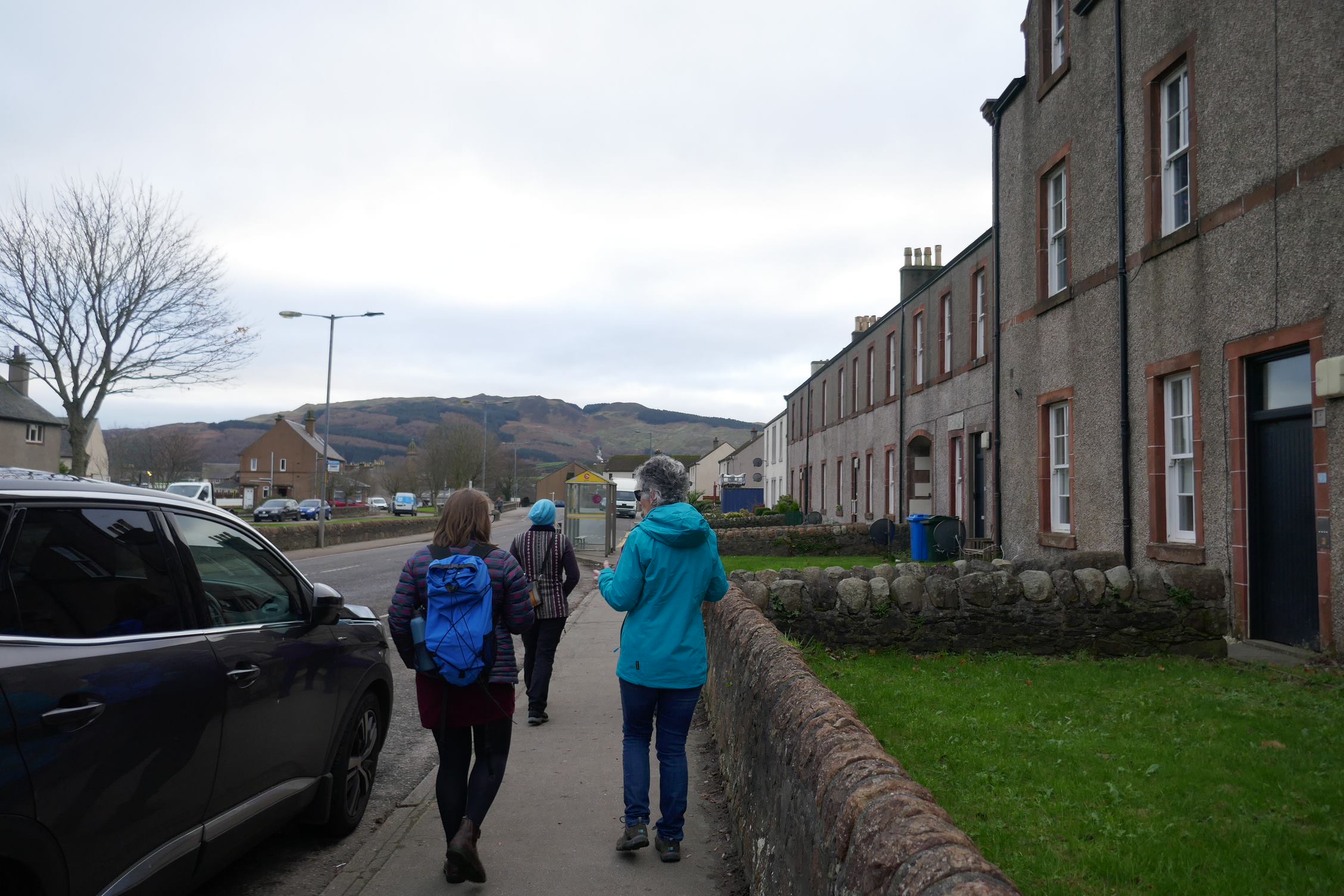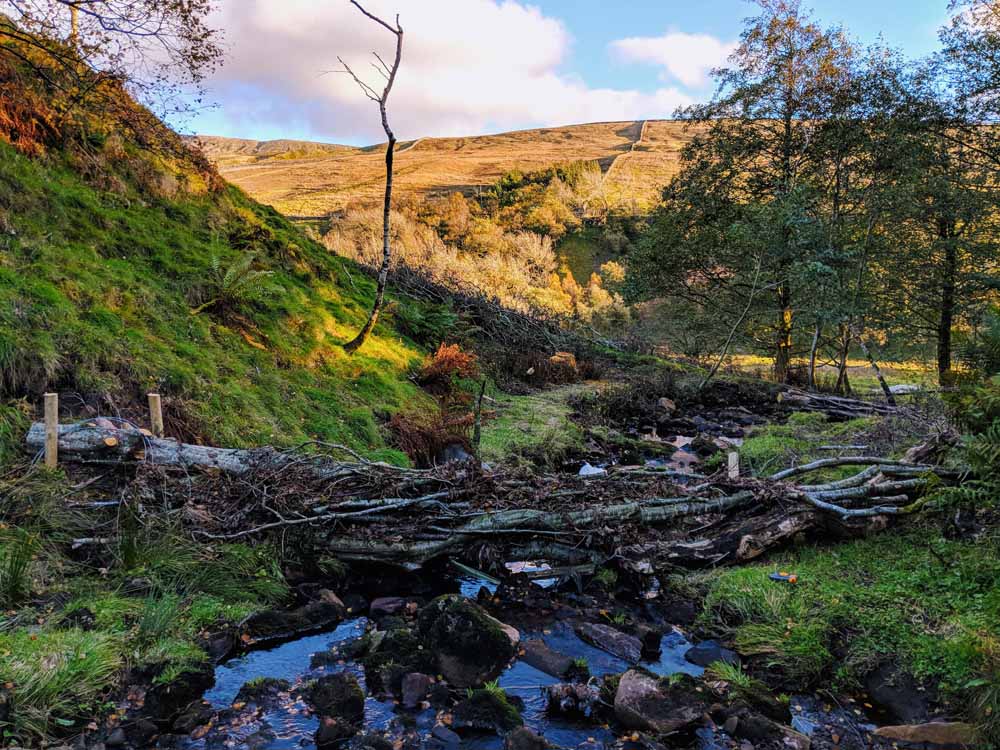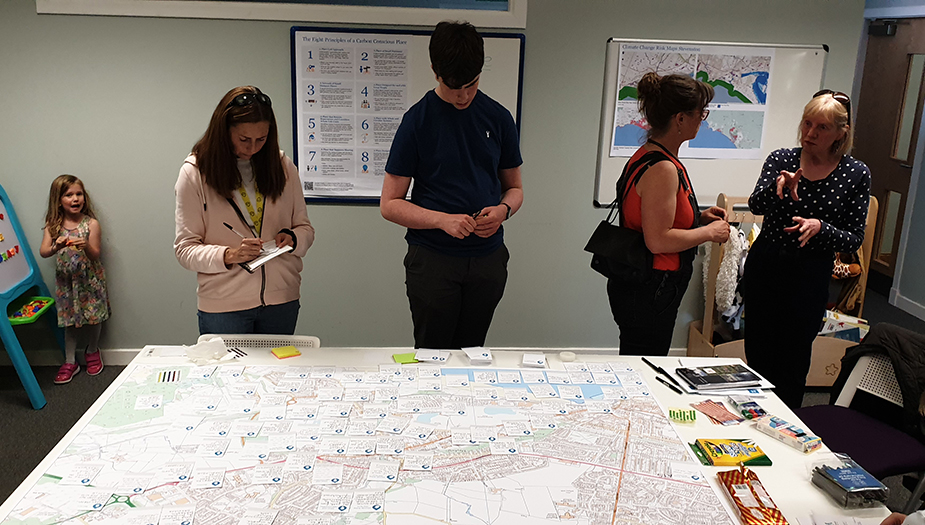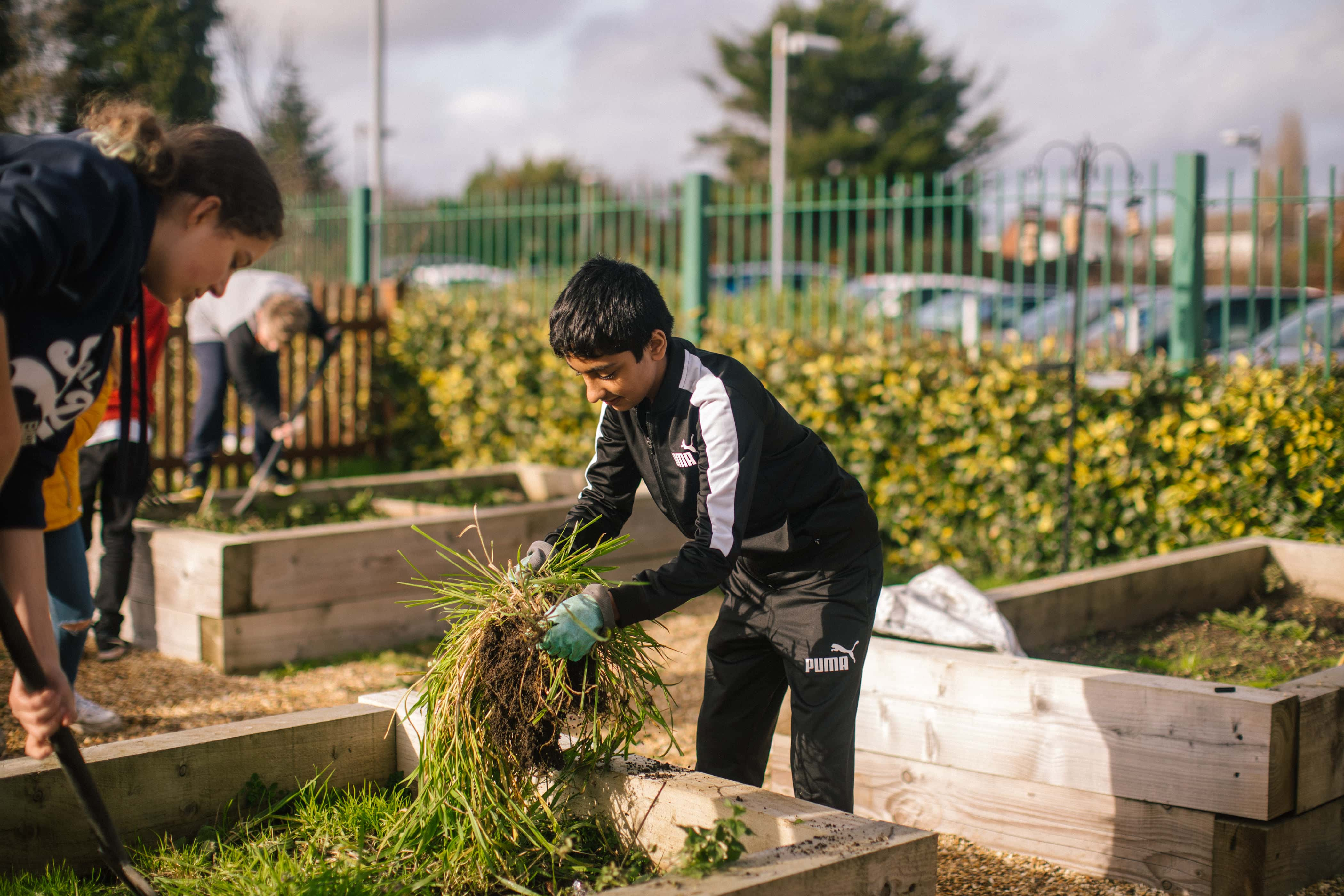How we work to tackle the climate emergency

Scotland's Climate Week 2022: Designing for a changing planet
Scotland’s climate is changing and to adapt to these changes we all need to work together. Across Scotland, initiatives are moving beyond cities to consider what can be done in Scotland’s towns and villages.
Architecture and Design Scotland hosted an event during Scotland’s Climate Week (27 September 2022). The event told stories of three projects which have been exploring place-based collaborative approaches to climate action in Scotland, covering over 20 places from Alness in the north to Annan in the south.
In this blog, we share examples of work we have been doing in Architecture and Design Scotland that aims to tackle the climate emergency across a number of scales.
Read about:
Climate resilience in Kilmarnock
Our Climate Action Towns project
How we support climate in the school estate

Climate resilience in Kilmarnock
Through our work with the Key Agencies Group, we bring public bodies together to tackle challenges. In this example we look at the work we did in Kilmarnock to support their climate resilience.
The threat of flooding in Kilmarnock is already a major concern for residents and for the economy of Ayrshire and Scotland. While the current scale can essentially sever the town north-to-south in more extreme periods, this is expected to eventually become ‘the new normal’ for the area, as SEPA (Scottish Environmental Protection Agency) flood maps indicate.
Delivering a place-based approach
Across our work, we help our people work across the scales of place required to achieve the climate resilience and place quality that is needed to achieve Scotland’s net zero climate goals. This means bringing different groups together to resolve major issues affecting our communities.
Working with East Ayrshire Council, we brought together experts in the built environment to discuss and propose solutions to flood mitigation in the area. These, later published in this learning points article, included advice on working locally and strategically, working with nature and finding multiple benefits of blue-green infrastructure in flood-prone areas
Early adopter
East Ayrshire is considered an early adopter of using a place-based approach to create Development Frameworks. By helping the council to put people at the heart of the decision-making process and draw from a range of expert opinion, we are helping them foster a series of recommendations to be considered in their local development plan preparation.
We have since shared learning from this workshop with other local authorities. We are working with Scottish Government to test the principles of the project and others at East Ayrshire (including work in Stewarton using the 20 minute neighbourhood project) using various mapping and data analysis.

Climate action at town scale
The Climate Action Towns project uses both the eight principles of a Carbon Conscious Place and the Place Standard with a Climate Lens as guides for communities to explore positive aspects of their towns, identify barriers, and understand the opportunities available.
Taking a whole place approach involves a wide range of stakeholders including local community groups, enterprise agencies, schools, and local businesses. Suggestions and ideas really reflect and understand each town's unique geography, history and culture while offering the potential co-benefits that tackling climate change can bring.
The following questions have come from conversations in the Climate Action Towns where the unique assets of the towns have been considered for potential benefit.
Energy
Workshop participants looked for a collective solution to the energy crisis and fuel poverty through renewable community energy networks. Can harnessing geothermal energy in a post-industrial or former mining town or creating co-dependent energy distribution between large businesses and residents in a coastal town benefit the local community?
Transport and travel
In low-lying towns with access to green space, can we incentivise cycling as a healthier method of commuting to work, college, or school? Can improving public transport links make getting to training or work easier while improving the economic opportunities for everyone, while at the same time reducing the carbon footprint of local businesses?
Unique local assets
Our post-industrial sites are an unexpected haven for wildlife and biodiversity. How can we ensure any future use does not harm this balance? Where can unused greenspace be used to grow food locally, creating a circular food network? This avoids unnecessary transport and makes communities more resilient in an emergency such as flooding.
Working together for collective benefit
Working together as a community group ensures shared aims and collective benefits that work for all. How can businesses and community groups work together to better tackle the climate emergency?

Climate action in our school estate
As Scotland seeks to address the impacts of climate change, we believe Scotland’s school grounds offer an opportunity for adaptation. Architecture and Design Scotland has applied our learning from Designing for a Changing Climate work to focus on the adaptation of the learning estate. Here are some examples of how we do that.
Climate ready school grounds
The climate ready school grounds project is delivered in partnership with Learning through Landscapes. It takes a collaborative approach to designing and creating spaces to reduce Scotland’s environmental impact and adapt to the changing climate.
We are looking to provide guidance and examples of how to create new spaces, or adapt existing spaces, and to tackle the impacts of the climate emergency within the school estate.
Adapting school grounds can have many benefits. It can reduce heat, cold and wind stress, as well as creating richer and more resilient biodiversity and landscape, can help manage extremes of drought and flood, improve air quality, reduce energy use, lead to improve health and wellbeing and encourage community engagement.
Carbon conscious places support for the learning estate
Tackling the climate emergency is central to Scotland’s Learning Estate Strategy. The Learning Estate Investment Programme (LEIP) aims to deliver digitally enabled, low-carbon (new and refurbished) schools and campuses that are inclusive and welcoming places, to meet the needs of the whole community.
We use the eight principles of a carbon conscious place to positively influence clients and project teams to reduce emissions associated with design decisions while embracing a whole place collaborative approach.
It builds on our 2019 pilot project and we offer early-stage place planning support to challenge both the direct and indirect emissions of a school estate. It offers opportunities to discuss, identify and articulate how early-stage learning estate projects, through place planning, could prevent the climate crisis from getting worse and how design can help the estate to adapt to the impacts of climate change.
Image courtesy of Learning through Landscapes.
Learn more about our work on climate
You can find more resources and information about our work on the climate emergency on the link below.
